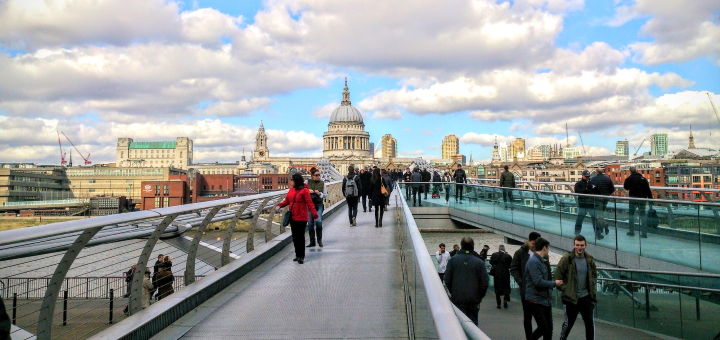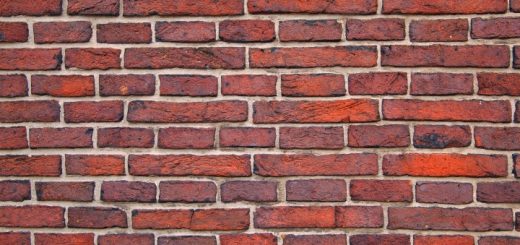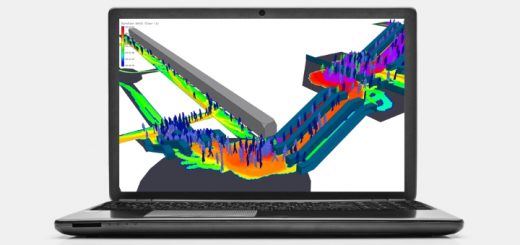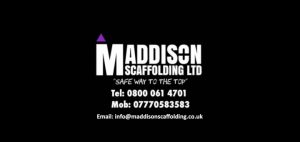Engineering and human-induced vibration

Engineers, when working on large building structures, or bridges (you’ll remember London’s Millennium Bridge ‘wobble’!), need to ensure that the end result is something that is safe (and comfortable) to use.
Human footfall (human-induced vibration) is something that needs serious consideration – here’s why…
Just what is resonance and vibration?
Vibrations can affect structures in a wide range of ways. Two of the main ways are resonance and aeroelastic fluttering.
When Object A vibrates at the same natural frequency as Object B, this is known as resonance. As a result, object B resonates with this and will begin to vibrate too. Think singing to break a wine glass! Although the person singing isn’t touching the glass, the vibrations of their voice are resonating with the glass’s natural frequency, causing this vibration to get stronger and stronger, and, eventually, break the glass.
Aeroelastic flutter differs slightly; for example, a force is applied to Object B, causing it to shake. It’s not necessarily at the same frequency as Object B’s natural vibration, but it makes Object B move all the same.
When an object resonates, it is technically fluttering too. But not everything that flutters is necessarily resonating. This is how confusion over disasters such as the Tacoma Bridge collapse occur — for a long time, and to this day, the event is used as a textbook example of resonance. However, it’s been argued that the bridge’s collapse wasn’t caused by resonance, but by fluttering.
Fluttering also occurs with human-induced vibrations, and an example of this is when human movement is applying force, causing the structure to vibrate. Some instances would also see resonance happening too, but it wouldn’t be a certainty.
Engineers have to ensure that their designs reduce the damage or discomfort caused by either fluttering or resonating.
Human health and other effects
The structure and users within a building can be compromised when fluttering or resonance occurs, and it can have a range of impacts:
- Human health suffering. Research has found that vibrations in buildings and structures can cause depression and even motion sickness in inhabitants. Buildings naturally respond to external factors such as the wind or human footfall within. This low-frequency vibration can be felt, even subconsciously, by people. It has been argued that modern designs featuring thinner floor slabs and wider spacing in column design mean that these new builds are not as effective at dampening vibrations as older buildings are.
- Jeopardising structural integrity. Eventually, the build-up of constant vibrations on a structure can lead to structural integrity being compromised. A worse-case scenario would be the complete collapse of said structure.
- Swaying bridges. The Millennium Bridge is one of the best examples of resonance caused by human-induced vibrations and fluttering. As people walked across the bridge, the vibrations and swaying caused oscillations in the bridge. Everyone crossing the bridge would then sway at the same time to avoid falling over, resulting in a cycle of increasing and amplifying the swaying effect.
- Jeopardise integrity of sensitive equipment. Depending on what the building is used for, and what is within, equipment can be affected by the vibrations of those inside the building. Universities, for example, may have sensitive equipment whose accuracy and performance could be damaged by vibrations.
What might the solution be?
Modern designs that favour thinner slabs and wider column design and spacing tend to be susceptible to all forms of vibration, whether it is human induced or otherwise. Using advanced structural design software at the design stage is an effective method for engineers to test footfall on a design and see the resulting vibrations.
Vibrations are inevitable, but engineers must account for a wide range of catalysts that trigger vibrations in a structure, such as human footfall, adapting their overall design accordingly.
Sources
https://www.oasys-software.com/news/analysing-vibration-with-gsa/
https://www.oasys-software.com/case-studies/footfall-analysis-singapores-helix-bridge/
https://www.oasys-software.com/case-studies/princeton-university-frick-laboratory/
http://homepage.tudelft.nl/p3r3s/MSc_projects/reportRoos.pdf
https://phys.org/news/2017-03-impact-bridges-skyscrapers-human-health.html
https://www.quora.com/Whats-the-difference-between-resonance-and-aeroelastic-flutter
Photo credit: Pablo Valerio








